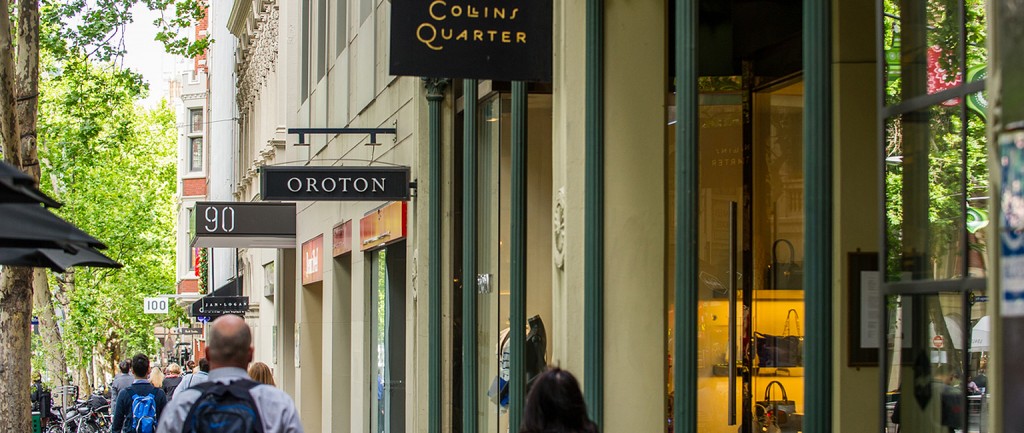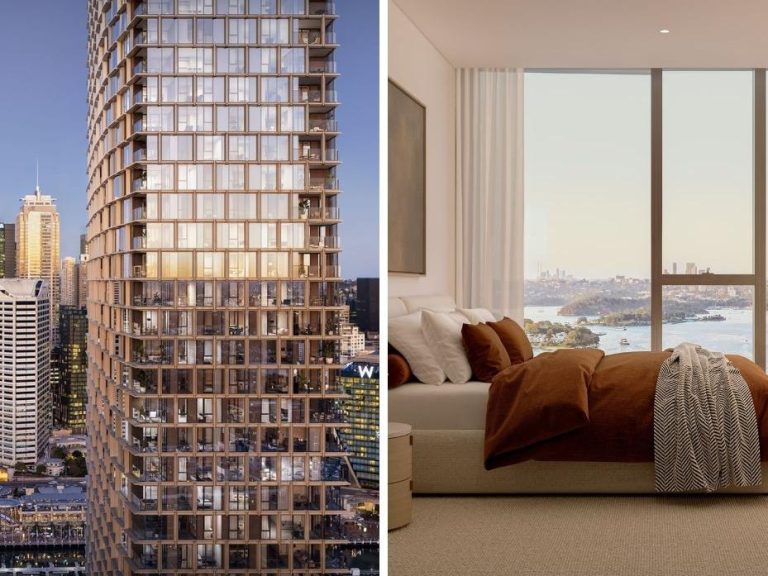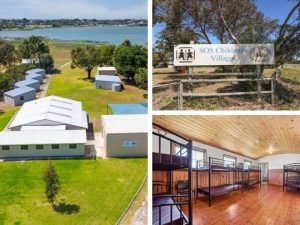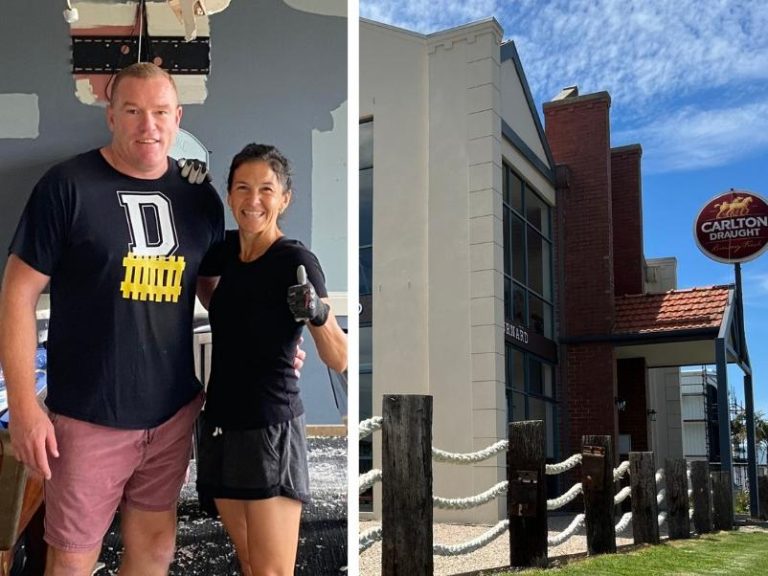Melbourne CBD retail vacancies hit five-year low

Retailers seeking a foothold in Melbourne’s CBD can’t be choosy, with just 29 core shop spaces currently available.
New research from Savills indicates core shop vacancies have dropped 55% since 2011’s global financial crisis, when 64 retail spaces were on the leasing market.
CBD vacancies currently sit at just 2.6%, driven by a boom in food and fashion retail, according to the research.
There are now 28 more cafes, restaurants and takeaway food outlets than in 2011, while 38 extra clothing, footwear and personal accessory stores have moved into Melbourne’s 6.2 square kilometre city centre.
There remains significant interest in Melbourne including from the likes of Marks & Spencer and Debenhams, who are still in the hunt for space here
Savills Victorian research manager Monica Mondkar says retail trade growth driven by Melbourne’s increasing number of new and refurbished retail precincts would see vacancies remain down for some time.
“With the resident population alone expected to grow by 14% by 2020 we are going to see the vacancy rate remain low over the medium term,” Mondkar says.
“Those developments have arguably accounted for a significant part of the increase in spending, attracting thousands of new shoppers to the CBD while growth in both the office and residential population, as well as tourism, has also been significant.”

The number of food outlets in Melbourne’s CBD has increased dramatically over the past five years.
International retailers continue to be a key driver of low vacancies, with brands including H&M’s sister store COS and South African-based MRP among those to arrive in the last 12 months, and more on the way.
Savills Victorian director of retail services Michael Di Carlo says that while the influx of international fashion brands had slowed from its peak in 2013, that drop-off had created opportunities for local retailers.
“The growth of international brands has been the story, and to a degree remains the story, but it is now more about the market having plateaued and that opportunities, which had been in a sense denied to local retailers, due partly to landlords’ expectations about rents that international brands would pay, have now opened up,” Di Carlo says.
With the resident population alone expected to grow by 14% by 2020 we are going to see the vacancy rate remain low over the medium term
“That is not to say that the international brands influx is off the boil. Indeed there remains significant interest in Melbourne, including from the likes of Marks & Spencer and Debenhams, who are still in the hunt for space here.”
The research shows Melbourne CBD rents have remained largely unchanged, with space in CBD shopping centres currently the cheapest in the city at as little as $1500 per square metre, while space in the flagship Bourke St Mall fetching up to $11,000 per square metre annually.







